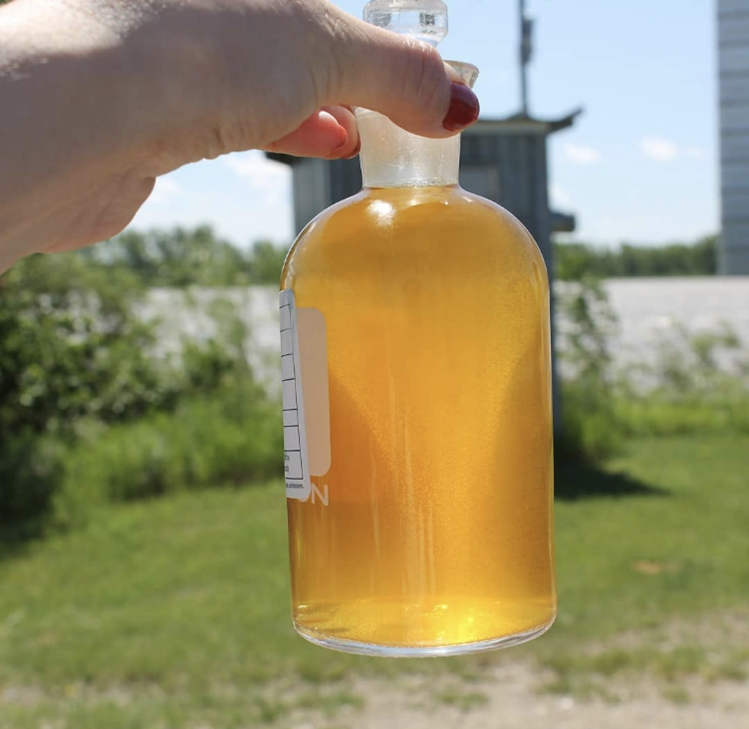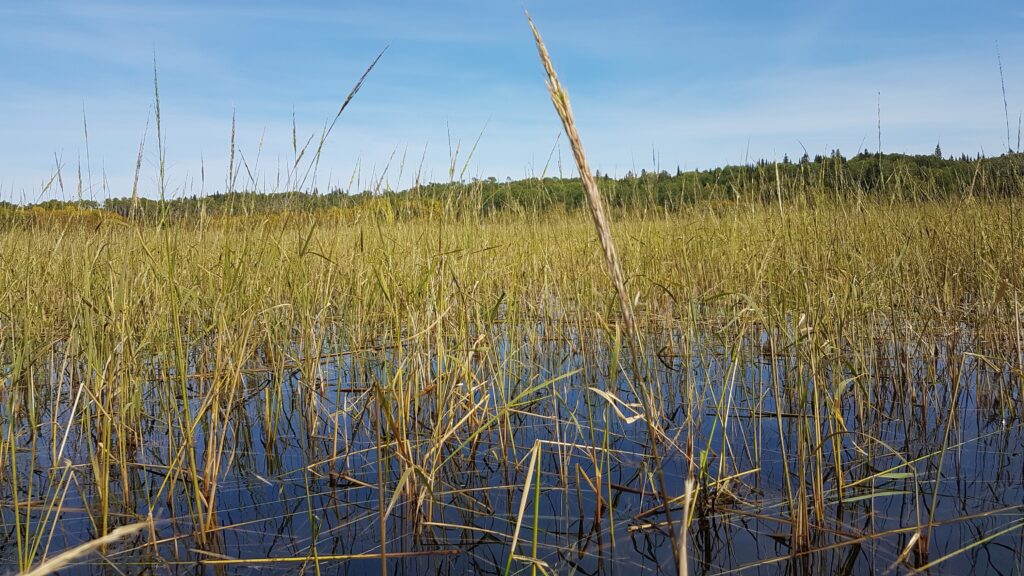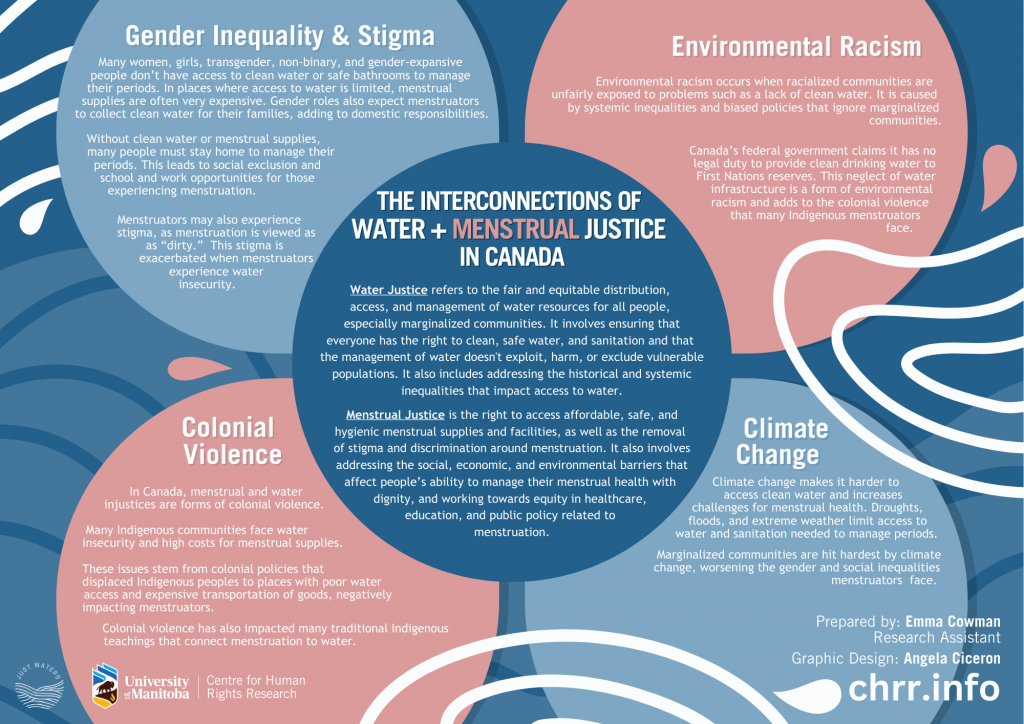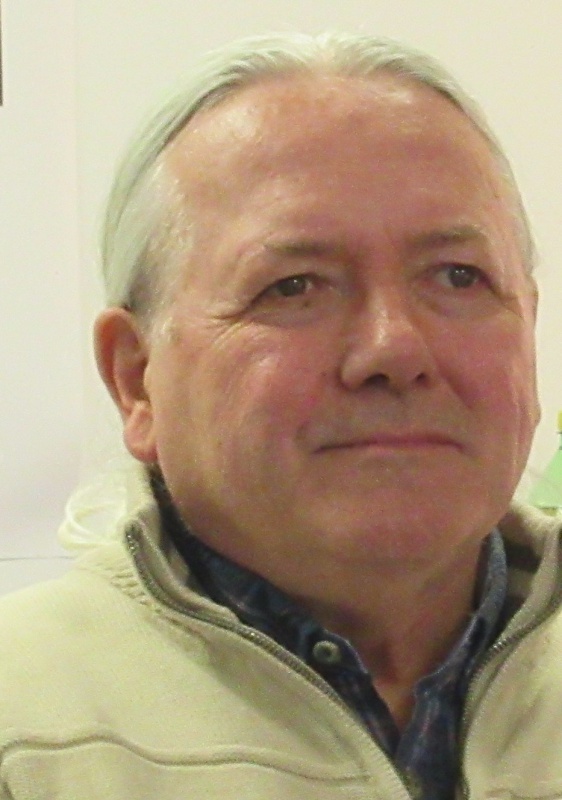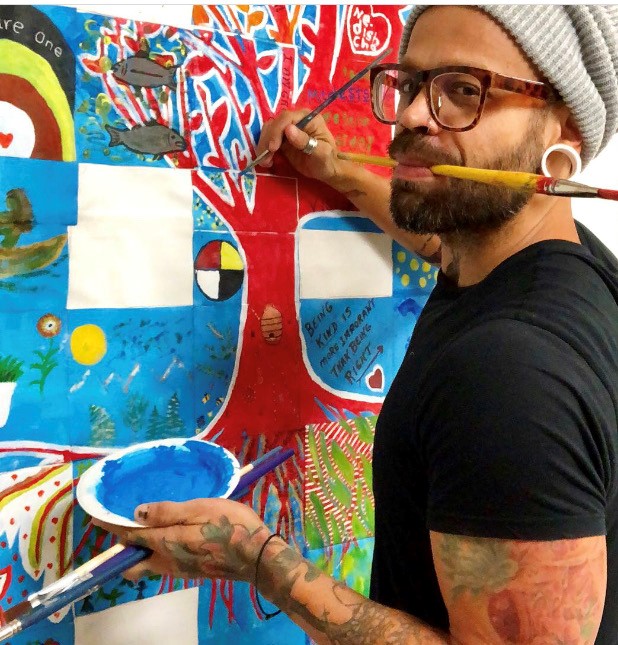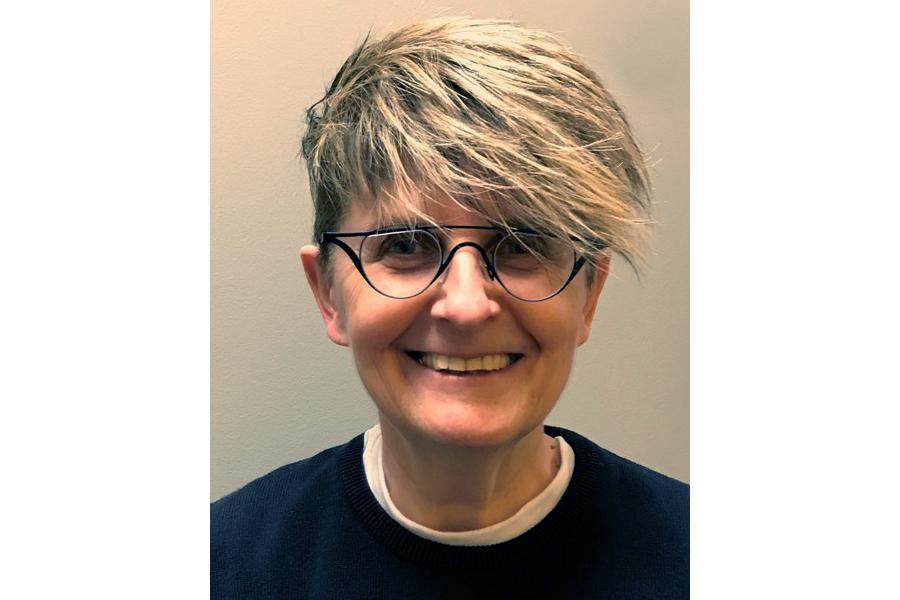Artwork: “ᑭᓯᐸᑲᒪᐠ (Kisipakamak)” by Malcolm Disbrowe: “this photo was taken on Reindeer Lake in Kisipakamak (Brochet/Barren Lands First Nation), northern Manitoba. Kisipakamak means “where the water ends” in Cree, a name that reflects the relationship between the land, water, and people living there.”.
Water: Rights and Relationships
By Kiersten Sanderson
With contributions from Angela Ciceron, Sarah Deckert, Adele Perry, and Pauline Tennent
Access to safe, accessible, affordable, and reliable clean water that can be used for drinking, cleaning, and all other daily usage, as well as access to sanitation, is a basic human right.i Recognizing the fundamental importance of water as necessary for the survival of humans and all living beings on earth, and its essential nature for the enjoyment of all other human rights, in 2010, the United Nations General Assembly finally adopted a resolution to recognize the right to water. As such, states are legally bound to respect and fulfill this right.ii
While recognizing the right to water can be heralded as a move in the right direction, inequities in access to water persist and in some cases are intensifying, and often, the communities most impacted by water injustice are denied the opportunity to participate in decision making on issues of water management and governance. iii
Conventional approaches to water rights and considerations of water in the everyday lives of many in the west are often rooted in the idea that water is a resource to be bought and sold;iv to be invested in and withheld from those who cannot afford it.v Despite its commodification, there is no substitute for water, and billions of people across the world continue to live without safe access to drinking water.vi From First Nations communities in Canadavii to Palestine,viii and to Paraguay,ixa denial of the right to clean drinking water is felt around the world, often by those already marginalized from other structures of oppression.
The CHRR has a longstanding history of working in the area of water and justice, through the CREATE H2Ox project, and the work of its staff, research affiliates and partners. The Just Watersxi project continues this important work.
How to Cite: Sanderson, Kiersten (2025). Water: Rights and Relationships. Centre for Human Rights Research. https://chrr.info/research-theme/research-themes/water-rights-justice/
Water (In)Justice
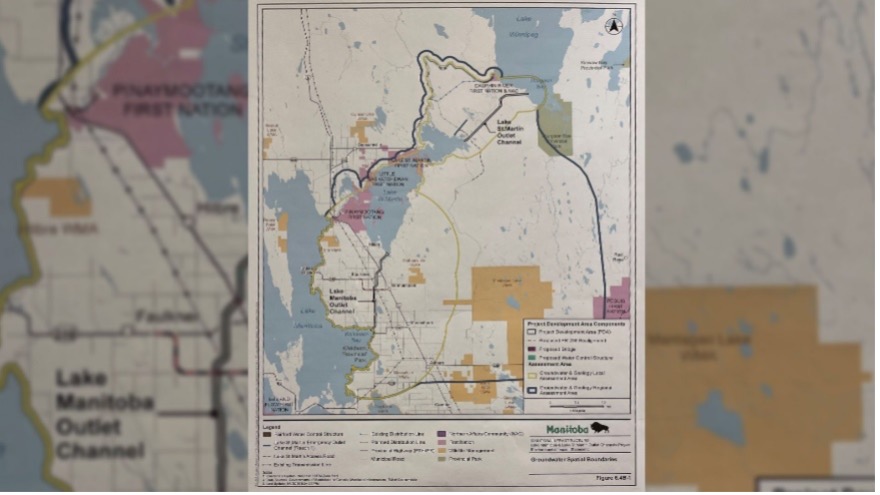
Water Access and Governance
The community of Standing Rock went without reliable access to water for about half a century, only for the United States Government to choose to fast track the development of the Dakota Access Pipeline through Standing Rock.xvi The pipeline was rerouted due to concerns that spills would affect the drinking water for the city of Bismarck, yet the government held little concern for Standing Rock and their own risk of contaminated water.xvii
Water and Liveability
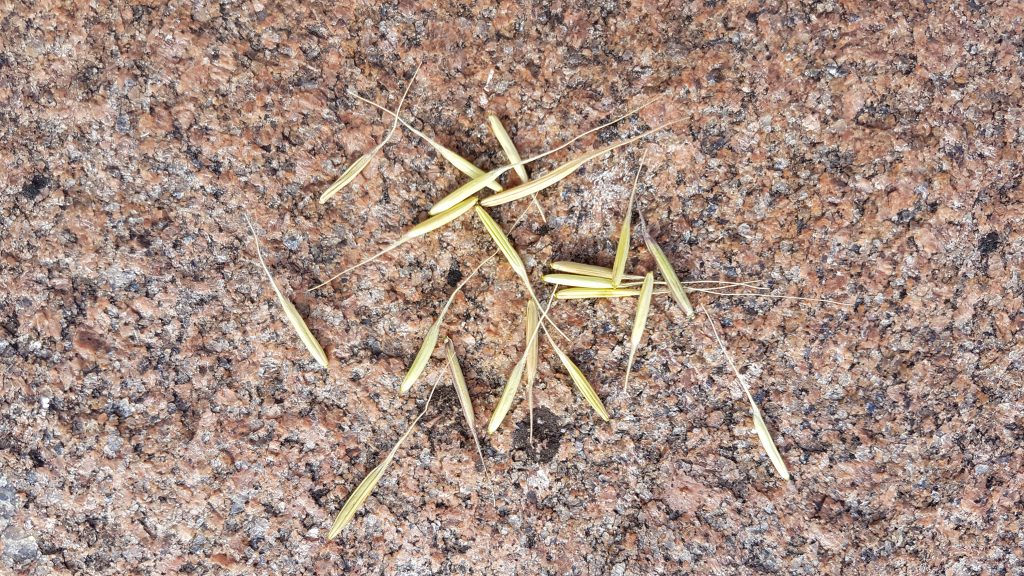
Climate Change and Water
Water as Relation
Water is critical to the health and survival of all life on earth. Despite widespread acknowledgement of the importance of water, unsustainable water use and colonial governance frameworks continue to drive issues of water quality, quantity and flows. xxx Such issues are further exacerbated by climate change.
It is essential to reframe the current approach of water as a resource to one that is rooted in water as relation, to focus on the relationship between water and all living beings.xxxi Respecting and incorporating Indigenous knowledge systems means understanding our own relationships with and responsibilities to water, beyond survival or ownership.
ii “The Human Right to Water: Critiques and Condition of Possibility” Farhana Sultana and Alex Loftus. WIREs Water 2015, 2:97–105. doi: 10.1002/wat2.1067.
iii Farhana Sultana (2018): Water justice: why it matters and how to achieve it, Water International, DOI: 10.1080/02508060.2018.1458272;
iv Elizabeth Marino, “Adaptation privilege and voluntary buyouts: Perspectives on ethnocentrism in sea level rise relocation and retreat policies in the US” (2018) 49:1 Global Envtl Change from Kelsey Leonard, “WAMPUM Adaptation framework: eastern coastal Tribal Nations and sea level rise impacts on water security, Climate and Development” (2021) 13:9, Climate & Development 842
v Margreet Zwarteveen & Rutgerd Boelens, “Defining, Researching and Struggling for Water Justice: Some Conceptual Building Blocks for Research and Action.” (2014) 39:2 Water International 143 doi:10.1080/02508060.2014.891168.
vi United Nations Water “Human rights to water and sanitation: Facts”https://www.unwater.org/water-facts/human-rights-water-and-sanitation.
vii Craft, Aimée, and Jill Blakley. In Our Backyard: Keeyask and the Legacy of Hydroelectric Development. 1st ed., University of Manitoba Press, 2022.
viii Farhana Sultana, “Water justice: why it matters and how to achieve it” (2018) 43:4 Water Intl 483
ix Farhana Sultana (2018): Water justice: why it matters and how to achieve it, Water International, DOI: 10.1080/02508060.2018.1458272
x NSERC Create H20 Program for First Nations Water and Sanitation Security.
xi Just Waters: Thinking with Hydro-Social Relations for a More Just and Sustainable World.
xii Farhana Sultana, “Water justice: why it matters and how to achieve it” (2018) 43:4 Water Intl 483
xiii Aimée Craft, and Jill Blakley. In Our Backyard: Keeyask and the Legacy of Hydroelectric Development. 1st ed., University of Manitoba Press, 2022.
xiv McKibbin C. Decolonising Canadian water governance: lessons from Indigenous case studies. UCL Open Environ. 2023 Jun 23;5:e060. doi: 10.14324/111.444/ucloe.000060. PMID: 37378377; PMCID: PMC10292649.
xv Jaskiran Dhillon (2017), ”What Standing Rock Teaches Us About Environmental Justice” Items, Insights from Social Sciences. https://items.ssrc.org/just-environments/what-standing-rock-teaches-us-about-environmental-justice
xvi History | Stand With Standing Rock
xvii History | Stand With Standing Rock
xviii From Dams to DAPL, the Army Corps’ Culture of Disdain for Indigenous Communities Must End
xx Standing Rock Protesters Remain At Dakota Access Pipeline Site, Despite Warnings. Here’s Why : NPR
xxi What Standing Rock Teaches Us About Environmental Justice – Items
xxii Farhana Sultana, “Water justice: why it matters and how to achieve it” (2018) 43:4 Water Intl 483 DOI: 10.1080/02508060.2018.1458272
xxii O’Reilly, K., Halvorson, S., Sultana, F., & Laurie, N. (2009). Introduction: Global perspectives on gender–Water geographies. Gender, Place & Culture, 16(4), 381–385. doi:10.1080/ 09663690903003868
xxiii CanWaCH (2017) “Exploring the ripple effects of clean water and sanitation on gender equality” https://canwach.ca/article/ripple-effects-of-clean-water-and-sanitation
xxiv Odey G, Amusile O, Oghenetejiri P, David S, Adi A, Lucero-Prisno D III. Period during a pandemic: the neglected reality of Nigerian girls and women. Public Health Pract 2021; 2: 100196.
xxv Mensah M, Vlek P, Fosu-Mensah, B. Gender and climate change linkages in the semi-arid region of Ghana. GeoJournal 2022; 87: 363–76.
xxvi UN Women (2023). From commodity to common good: A feminist agenda to tackle the world’s water crisis.
xxvii Deloitte. (2017, January 23). Thirsty for change: The untapped potential of women in urban water management.
xxviii Deloitte. (2017, January 23). Thirsty for change: The untapped potential of women in urban water management.
xxix Sultana, F. (2022) Critical climate justice. The Geographical Journal, 188, 118– 124. https://doi.org/10.1111/geoj.12417
xxx Elizabeth Marino “Adaptation privilege and voluntary buyouts: Perspectives on ethnocentrism in sea level rise relocation and retreat policies in the US” (2018) 49:1 Global Envtl Change
xxxi Leonard, K.; David-Chavez, D.; Smiles, D.; Jennings, L.; ʻAnolani Alegado, R.; Tsinnajinnie, L.; Manitowabi, J.; Arsenault, R.; Begay, R.L.; Kagawa-Viviani, A.; Davis, D.D.; van Uitregt, V.; Pichette, H.; Liboiron, M.; Moggridge, B.; Russo Carroll, S.; Tsosie, R.L. and Gomez, A. 2023. Water back: A review centering rematriation and Indigenous Water research sovereignty. Water Alternatives 16(2): 374-428
Affiliate Researchers
Related Resources
Explore More Research Themes
-
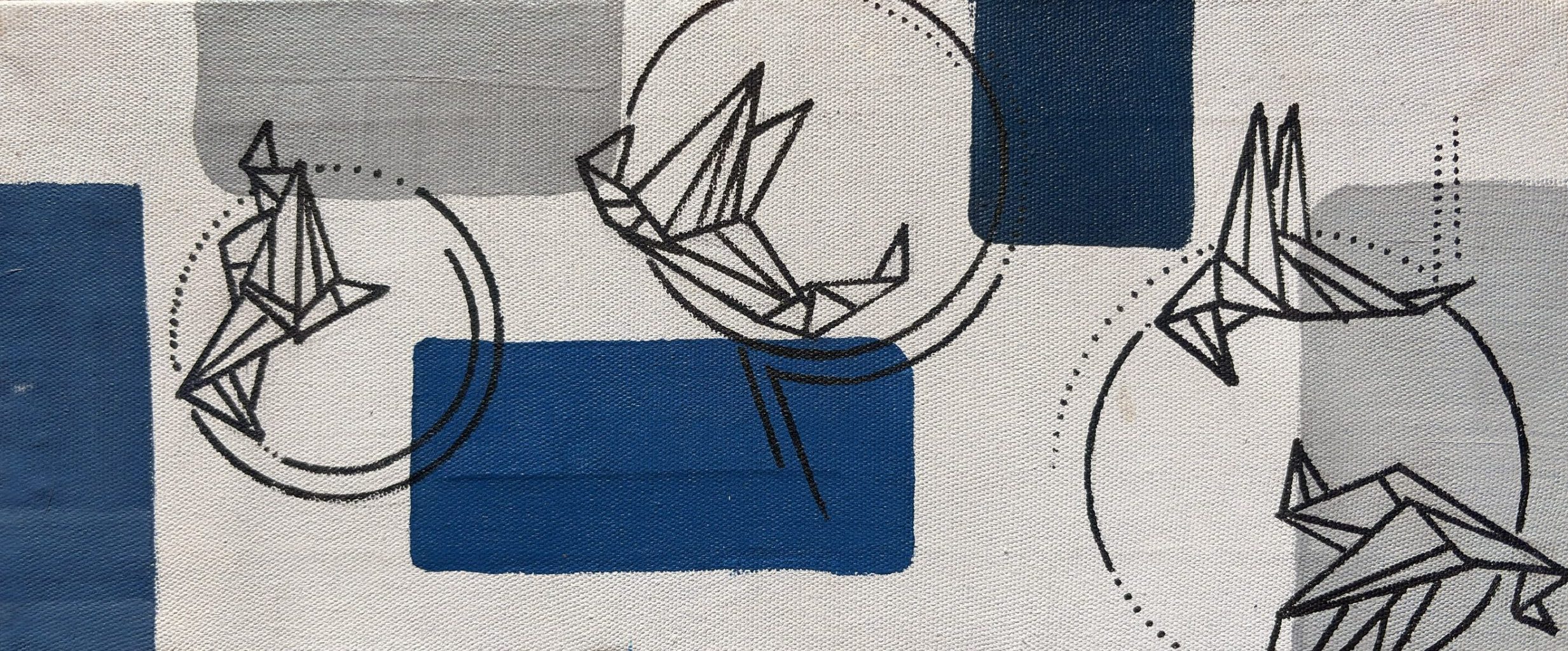
Borders & Human Rights Theme
FIND OUT MORE -
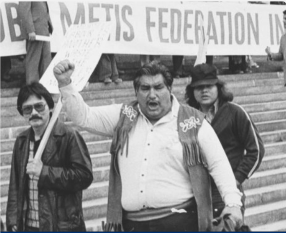
Indigenous Peoples & Human Rights Theme
FIND OUT MORE -

Reproductive & Bodily Justice Theme
FIND OUT MORE -
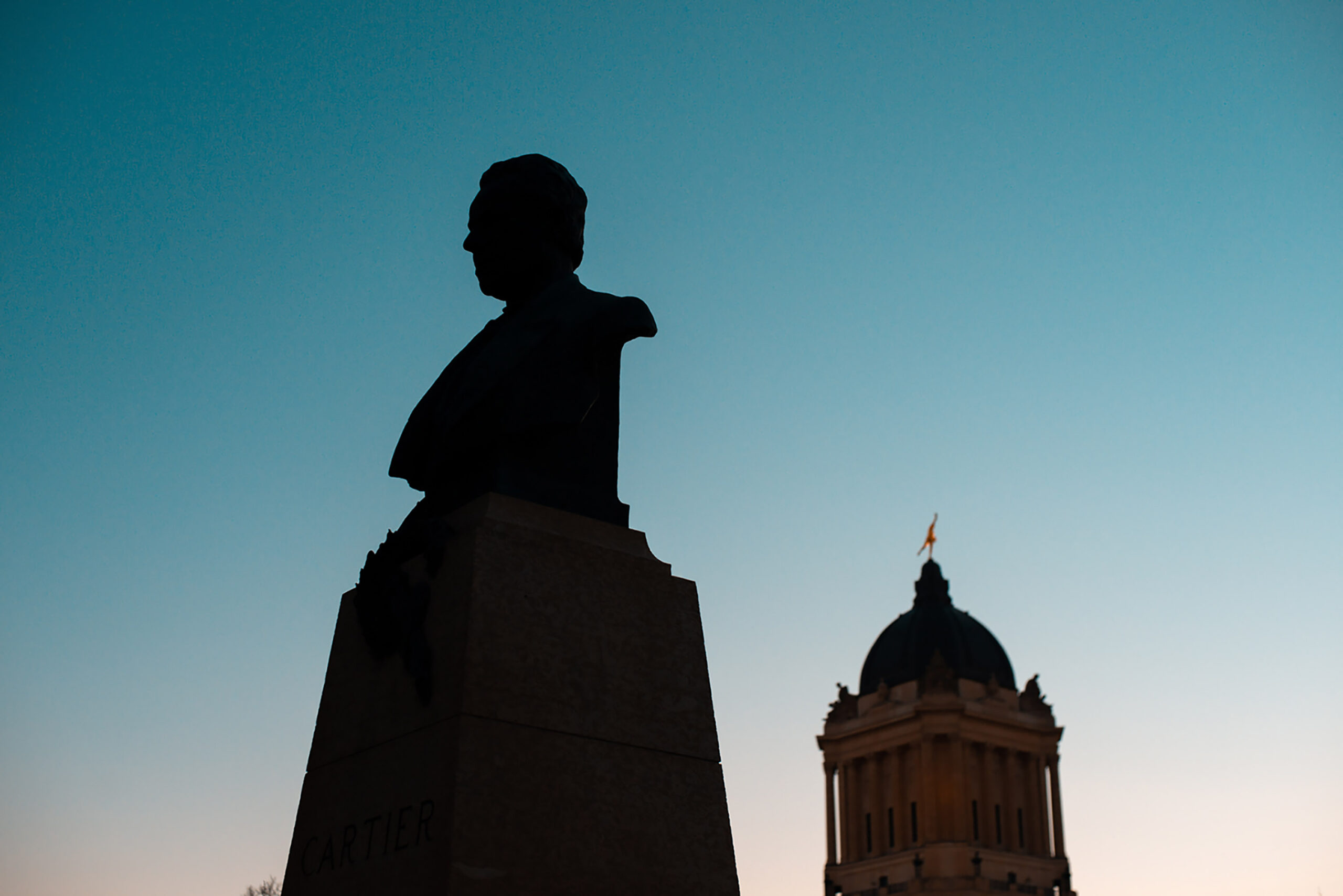
History & Commemoration Theme
FIND OUT MORE
Support Us
Whether you are passionate about interdisciplinary human rights research, social justice programming, or student training and mentorship, the University of Manitoba offers opportunities to support the opportunities most important to you.

